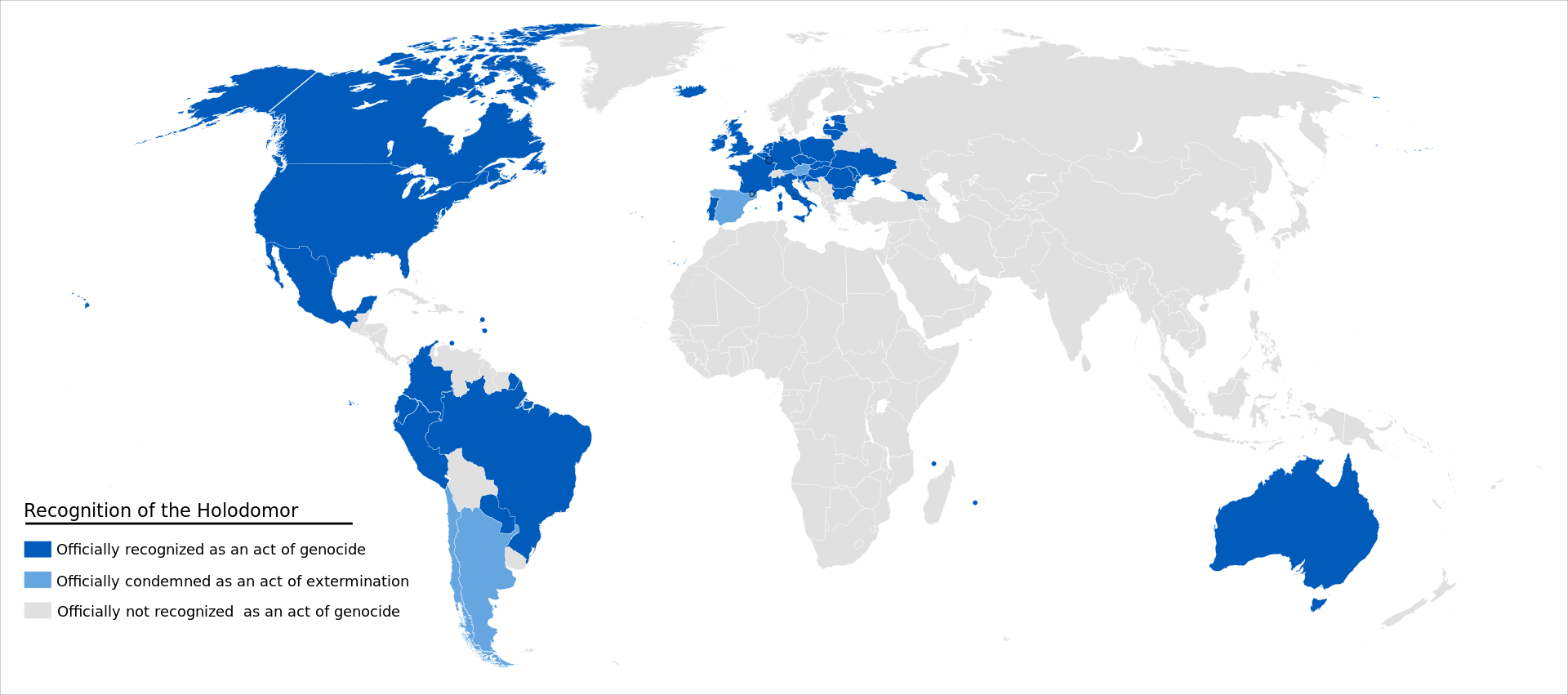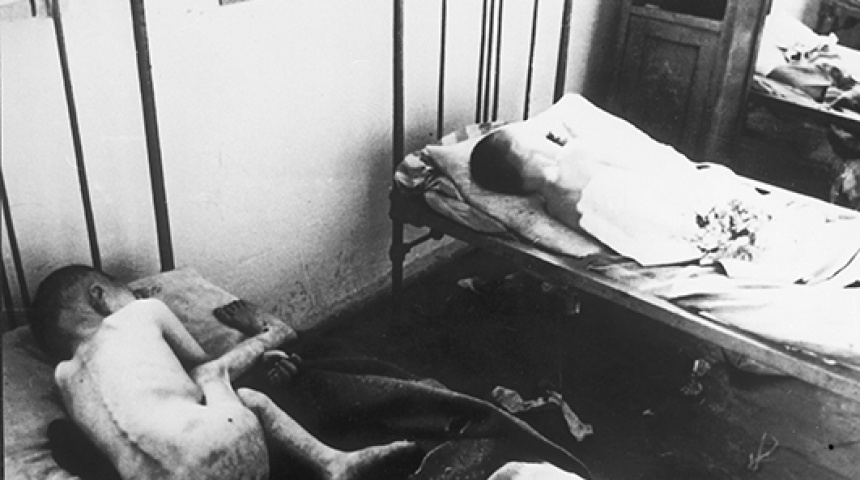Day of Remembrance of Holodomor Victims: Countries recognized it as genocide of Ukrainians
 November 25 - Day of Remembrance of the Victims of the Holodomor (photo: Getty Images)
November 25 - Day of Remembrance of the Victims of the Holodomor (photo: Getty Images)
Every fourth Saturday of November, Ukraine observes the Holodomor Victims Remembrance Day. In 2023, this day falls on November 25. Ukraine's history includes three acts of genocide, all orchestrated by the Soviet authorities to eradicate Ukrainians as a nation. In international politics, it is crucial for world nations to acknowledge the Holodomors as acts of genocide against the Ukrainian people.
Countries who supported Ukraine in recognizing the Holodomor as a genocide against the Ukrainian people.
Sources used in creating the material include Wikipedia and the Holodomor Museum.
How was the Holodomor recognized as genocide in Ukraine and around the world
In 2003, the Verkhovna Rada (Ukrainian Parliament) recognized the Holodomor as an act of genocide, but no official resolution was submitted, rendering the recognition legally ineffective.
Subsequently, in 2006, the Verkhovna Rada adopted the law On the Holodomor of 1932-1933 in Ukraine, explicitly stating that the events of 1932-1933 constitute genocide against the Ukrainian people.
An interesting fact is that in 2003, the 58th session of the UN General Assembly adopted a Joint Statement on the occasion of the 70th anniversary of the Great Famine of 1932-1933. In the document, the Holodomor was identified as a national tragedy for the Ukrainian people. Sixty-four UN member states, including Russia, voted in favor of the statement.
Estonia was the first country to recognize the Holodomor as an act of genocide against the Ukrainian people in 1997.
In the years 2003, 2005, 2006, 2007, and 2008, the following countries joined this recognition: Australia, the Vatican, Georgia, Ecuador, Colombia, Latvia, Lithuania, Mexico, Paraguay, Peru, Poland, and Hungary.

For Ukraine, it is important that the Holodomors be recognized as acts of genocide against the Ukrainian people (photo: holodomormuseum.org.ua)
Countries such as Andorra, Argentina, Spain, Chile, and Israel, in official statements, condemned the Holodomor and called it an act of extermination of humanity committed by the totalitarian Stalinist regime.
In November 2022, the Holodomor of 1932-1933 was also recognized in Belarus. However, it was done by the opposition-led government, as the authoritarian regime did not make such statements.
In 2023, the recognition of the Holodomor as an act of genocide against Ukraine was supported by:
- Bulgaria
- Chamber of Representatives of Belgium
- Senate and National Assembly of France
- Slovenia
- United Kingdom
- Luxembourg
- Croatia
- Slovakia
- Netherlands
- Italy
- Parliamentary Assembly of the Council of Europe
- Wales
- State of Iowa
- State of New York
- all Canadian provinces

Countries that have officially recognized the Holodomor as an act of genocide are marked in dark blue. Light blue represents countries that have officially condemned the Holodomor as an act of extermination of humanity. Gray indicates countries that have not recognized the Holodomor as an act of genocide and have not condemned it (infographic: Wikipedia)
How do Ukrainians abroad commemorate the memory of those who perished during the Holodomor
The largest Ukrainian diaspora resides in Canada and the United States. Therefore, it is not surprising that since 1983, they have been conducting an annual official commemoration of the victims of the Holodomor.
For instance, in the capital of the Canadian province of Alberta, the city hall holds an event to mark the anniversary of the Holodomor. The official part of the event traditionally includes the mayor of the city and provincial leaders. At the entrance to the city hall, the first memorial sign in the world, the Torn Ring of Life, has even been installed.
In Ukraine, there is also a tradition on the Day of Remembrance of the Victims of Holodomor. On this day, the Light a Candle campaign is organized. All that is needed is to light a candle and place it by the window as a symbol of remembrance. Memorial events are also held in regions and cities.
The USSR attempted to conceal its crimes
Until today, the exact number of victims due to all famines has not been determined because the efforts of the totalitarian regime to conceal its crimes complicate the process.
It is known that on-site, authorities prohibited recording the actual number of deaths, and medical professionals were not allowed to identify starvation as the cause of death.
Furthermore, in 1934, all books from the People's Commissariats of Internal Affairs (NKVD) regarding death registration were handed over to a special department of the State Political Directorate (GPU). It became evident that all deaths were simply not recorded, even though entire families were perishing.


The exact number of victims of the famines is still not determined today, but it is likely higher than previously stated figures (photo: holodomormuseum.org.ua)
"Today, secret lists of some village councils with a list of those who died in 1932-1933 have been discovered. These lists are twice the official data. It is quite understandable that such cases were not isolated," write at the Holodomor Museum.
Therefore, preserving these testimonies is crucial for Ukraine's history to remember the innocent victims of the regime and to demonstrate the culpability of the USSR to the world.
Earlier, we mentioned the history of a significant event, the Revolution of Dignity. Its anniversary is observed every year on November 21.
Also, read interesting facts about Ivan Puluj, who invented X-rays long before Röntgen.

